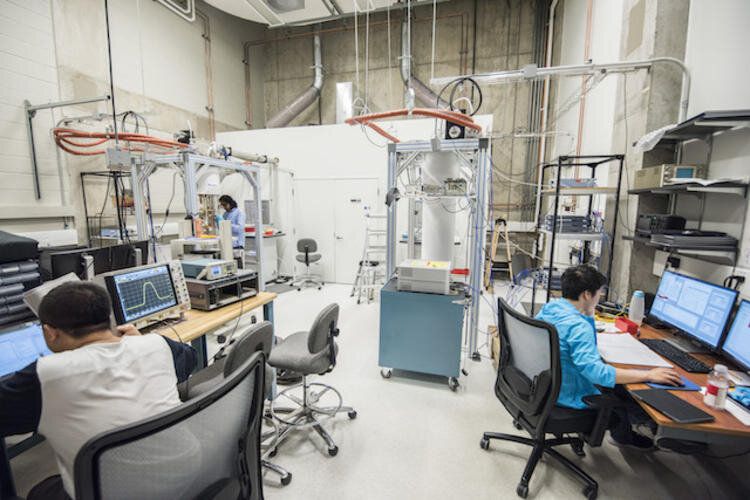If you’ve ever had the misfortune of losing a tooth, you may have considered dental implants in the past. You may also have been surprised to learn how expensive they are, and that oftentimes materials such as mercury or silver are used.
But what if we could actually grow our teeth back? Fortunately, there is an incredible new development in oral health that could change the game entirely.
Dr. Jeremy Mao and his team from Columbia University were able to regrow teeth using stem cells as a ‘scaffold’ for the new tooth to grow over.







